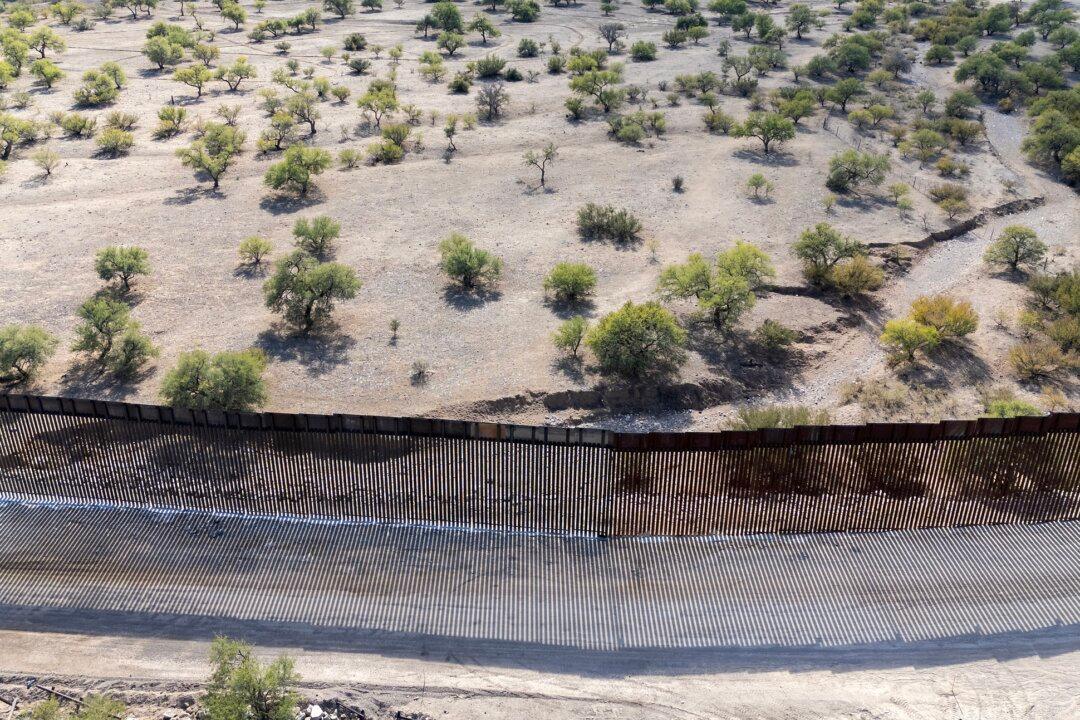More than $1 billion set aside for border wall construction remains unspent, according to a new report by the Government Accountability Office (GAO).
The GAO review looked at funds appropriated specifically for border barriers for fiscal years 2018, 2019, 2020, and 2021.





